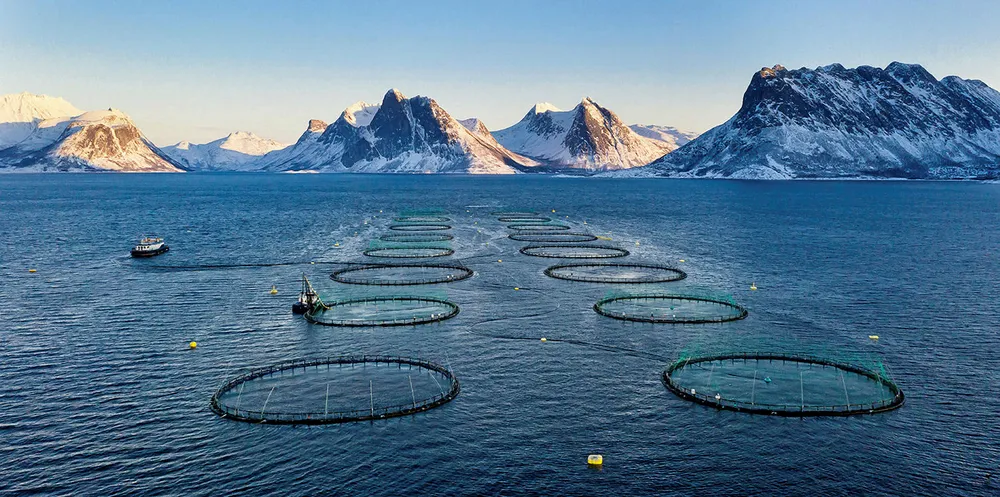Farmed salmon's greatest disruptors? Find out what the experts think
Where, by who and with what money will tomorrow's salmon be farmed? Camanchaca, Atlantic Sapphire, Kvaroy, Skretting, DNB all have a view.

Where, by who and with what money will tomorrow's salmon be farmed? Camanchaca, Atlantic Sapphire, Kvaroy, Skretting, DNB all have a view.
